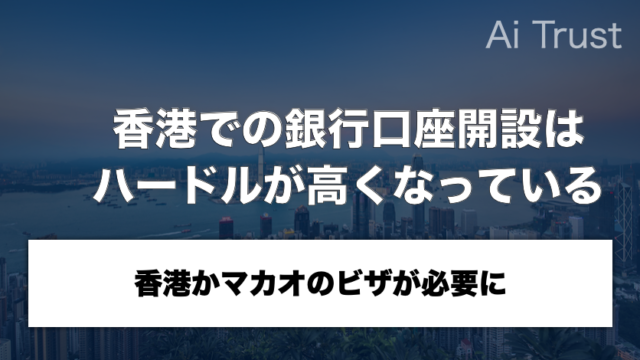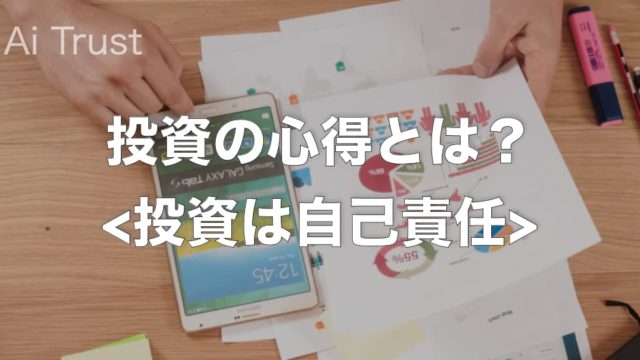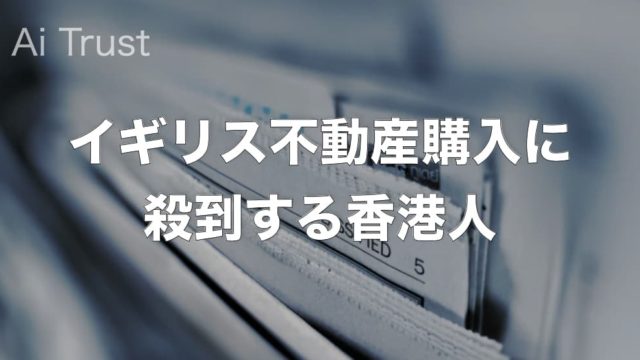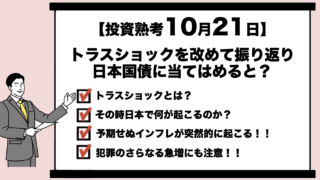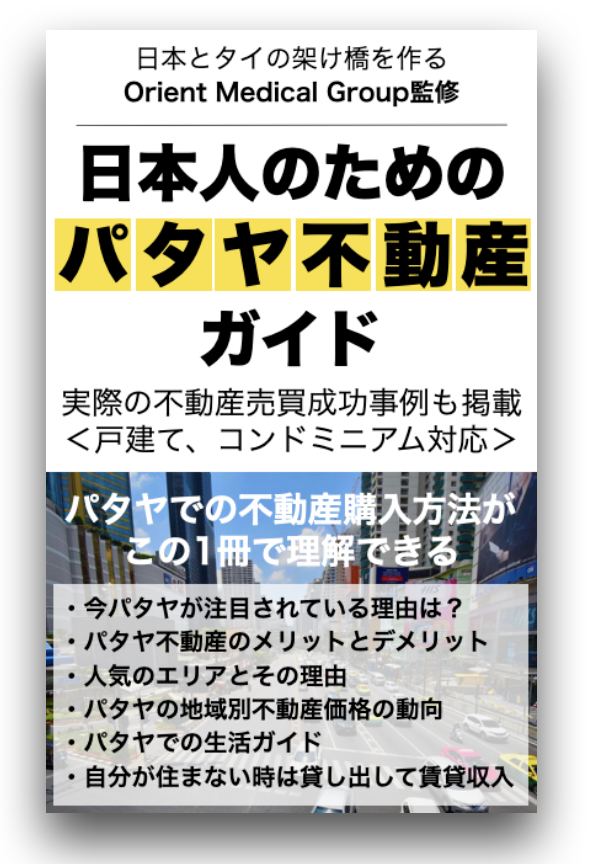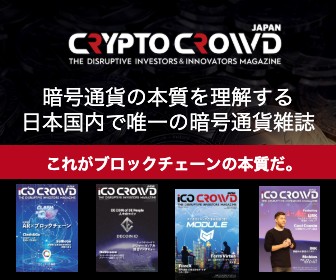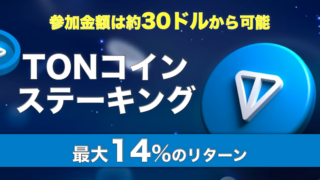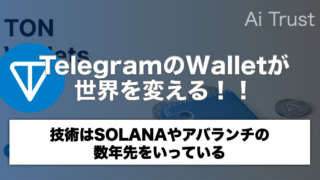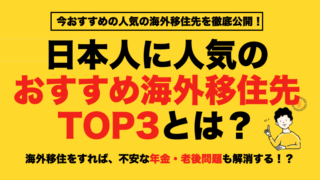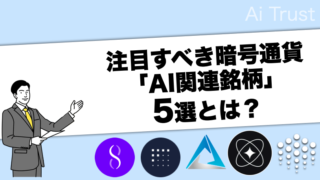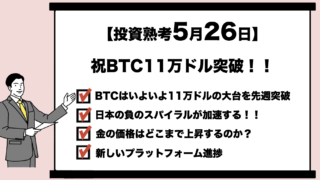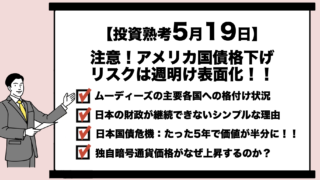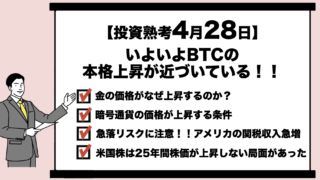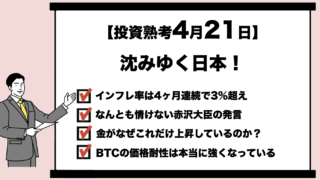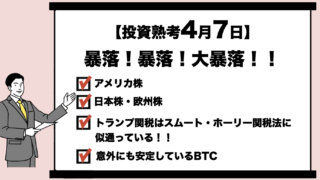レイ・ダリオが率いる世界最大級のヘッジファンド、ブリッジウォーター・アソシエイツは、その独自の投資哲学と経済サイクルの理解で広く知られています。投資家の間で注目を集めるこのファンドは、市場の変動に対して一貫したパフォーマンスを発揮し続けており、特にその戦略的なポートフォリオ構成がしばしば話題となります。
ポッドキャストでは、二人のホストがテックセクターからエネルギー市場まで、幅広い視点でブリッジウォーターの動向を解説。レイ・ダリオの独特な視点がいかにしてポートフォリオに反映されているか、そしてそれが一般投資家にとってどのような教訓をもたらすのかを議論しています。
Hey everyone and welcome back. Ready for another deep dive. Today we’re, we’re gonna try to get inside the head of Ray Dalio and Bridgewater Associates.
みなさん、こんにちは。今回もよろしく。今日は、レイ・ダリオとブリッジウォーター・アソシエイツの頭の中にちょっと深く入り込んでみましょう。
Always a fun challenge trying to figure out what those folks are up to.
あの人たちが何を企んでいるのか探るのって、いつも面白いんですよね。
Right, but that’s what makes it so interesting. And we’ve got some juicy material to work with this time. Their latest SEC Form 13F filing.
そうそう、でもそれがまた面白いところです。で、今回はいいネタがありますよ。彼らの最新のSECフォーム13Fの提出資料です。
Oh, music to my ears. Not exactly a best seller I know, but this thing is packed with clues.
おお、いいですね〜。売れ筋の本ってわけじゃないけど、これにはいろいろと手がかりが詰まってますよ。
Yeah, for those of us who don’t speak fluent SECCS, maybe you can break it down for us. What is a 13F and why should we even care what’s in it?
ええ、SEC用語が得意じゃないリスナーのために、13Fって何なのか、そしてなぜ気にするべきなのか教えてくれますか?
So in a nutshell, a 13F is like a quarterly report card for certain big time investment managers. They got to file it with the SEC. And it basically shows the snapshot of what US stocks they’re holding as of a certain date. In this case, June 30, 2024.
ざっくり言うと、13Fは大手投資マネージャーたちの四半期ごとの成績表みたいなものです。SECに提出しなければならなくて、特定の日付時点でどの米国株を保有しているかを見せてくれるんです。今回は、2024年6月30日時点ですね。
So it’s like a peek behind the curtain at Bridgewater’s playbook.
つまり、ブリッジウォーターの戦略の裏側をちょっと覗き見る感じですね。
You got it.
その通りです。
Hmm, all right, I’m intrigued. Give us the headline then. What’s the first thing that jumps out at you when you look at this filing?
ふむ、興味が湧いてきました。それじゃあ、ざっくり概要を教えてください。この資料を見て、まず最初に目についたのは何ですか?
Well, for starters, just the sheer size of their portfolio is pretty mind-blowing. I mean, we’re talking over $19 billion invested in US stocks alone.
まずは、ポートフォリオの規模がかなりすごいってことですね。なんと、米国株だけで190億ドル以上投資しているんです。
Wow. Okay, that tracks Bridgewater’s huge. Anything else stand out or is it just a mountain of cash?
うわー、なるほど、それはブリッジウォーターが巨大だってことを物語ってますね。他に目立ったことはありますか?それともただの巨額資金ですか?
Oh no, it’s definitely not just sitting there. The way they’ve spread that money around is really interesting. We’re talking over 800 different holdings listed in this filing.
いやいや、ただの山じゃないんです。その資金の分散の仕方がすごく興味深いんです。この資料には、800以上の保有銘柄がリストアップされています。
Whoa, 800. That’s some serious diversification.
おお、800ですか。それはかなりの分散投資ですね。
Tell me about it. And that right there, that tells you a lot about Dalio’s philosophy, right? Don’t put all your eggs in one basket. And they’ve got positions in everything under the sun. You want text giants, they’ve got Alphabet, Amazon.
その通りです。それがまさにダリオの投資哲学を物語ってますよね。「卵を一つのカゴに入れるな」ってことです。テックの巨人が欲しいですか?彼らはAlphabet(アルファベット)もAmazon(アマゾン)も持ってますよ。
The usual suspects.
お馴染みの銘柄ですね。
Exactly. But you’ve also got consumer staples like Coca-Cola, Proctor and Gamble.
その通りです。でも、コカ・コーラやプロクター・アンド・ギャンブルのような生活必需品もちゃんと押さえてます。
So a little bit of everything, does that mean they’re playing it safe? Or just, I don’t know, hedging their bets like crazy?
つまり、いろいろなものに手を出してるってことは、安全策を取ってるんですか?それとも、ものすごくヘッジをかけてるとか?
Well, it’s not quite that simple. I mean, diversification is key, absolutely. But it’s not just about randomly spreading your money around, it’s got to be strategic, right? You got to be thinking about risk, potential return.
いやいや、そんな単純な話じゃないんです。もちろん、分散投資が重要なのは間違いないですけど、ただ闇雲にお金をばらまくだけじゃなくて、戦略的じゃないとダメですよね。リスクやリターンをしっかり考えないと。
So there’s a method to the madness.
つまり、ただの狂気じゃなくて、ちゃんとしたやり方があるってことですね。
Yeah.
そうですね。
So strategic diversification. Let’s break down those bets. What kind of companies and sectors are they putting their money on?
それじゃあ、戦略的な分散投資についてもう少し掘り下げてみましょう。どんな企業やセクターにお金を投入してるんですか?
Well, like I was saying before, tech is definitely a big piece of the puzzle. Big holdings in Alphabet, Amazon, Microsoft, you know, the big dogs.
さっき言ったように、テックは間違いなく大きな要素ですね。Alphabet(アルファベット)、Amazon(アマゾン)、Microsoft(マイクロソフト)など、いわゆる大物たちを大きく保有しています。
Pikes us.
その通りですね。
Right. But they’re not putting all their eggs in one basket, even within tech. We’re also seeing some action with semiconductor companies. Taiwan Semiconductor, ASML Holding.
ええ、でもテックの中でも1つに全てを賭けるわけじゃありません。半導体企業でも動きがあります。Taiwan Semiconductor(台湾セミコンダクタ)、ASML Holding(ASMLホールディング)ですね。
So they’re thinking about the whole supply chain, software to hardware.
つまり、サプライチェーン全体、ソフトからハードまでを考えているわけですね。
Exactly. The whole ecosystem. And they’re not just sticking to the giants either. They’ve got positions in some more, I guess you’d call them, niche or emerging tech companies.
そうです、エコシステム全体です。そして、巨大企業だけに頼るわけでもなく、もう少しニッチな、あるいは新興のテック企業にも投資しています。
Like who?
例えば、どこですか?
Well, CrowdStrike, for example, they’re a cybersecurity firm. And Snowflake, they do cloud-based data stuff.
例えば、CrowdStrike(クラウドストライク)はサイバーセキュリティ企業ですね。それからSnowflake(スノーフレーク)はクラウドベースのデータ管理をやっている企業です。
So they’re willing to take some risks on those, maybe not household names yet.
つまり、まだあまり知られていない企業にもリスクを取って投資しているわけですね。
For sure. Gotta look for those growth opportunities. And those don’t always come from the companies everyone already knows.
その通りです。成長のチャンスを狙うためには、有名な企業だけが全てじゃないですからね。
Makes sense.
納得です。
Now, you mentioned consumer staples before. Those aren’t exactly what you think of when you think high growth. Are they? What’s Bridgewater’s play there?
さっき生活必需品の話が出ましたけど、あれってハイグロース(高成長)って感じじゃないですよね?ブリッジウォーターはそこで何を狙ってるんですか?
Yeah, a good point. I mean, consumer staples are generally considered a more defensive investment, right? People need their Coca-Cola and they’re tied no matter what the economy’s doing.
いい指摘ですね。生活必需品って、一般的には守りの投資とされてますよね?だって、経済がどうなってもコカ・コーラとかはみんな必要ですから。
Right. Like a safety net in case things go south.
そうそう、何かあったときのセーフティーネットみたいな感じですね。
Exactly. But it’s also worth pointing out, some of these companies, they’re finding ways to still innovate, still grow even in these well-established markets. Like, take PepsiCo, another one, Bridgewater’s holding. They’ve been expanding their whole healthier snacks and drinks lineup.
その通りです。でも、これらの企業の中には、しっかりした市場の中でもイノベーションを起こして成長し続けているところがあるんですよ。例えば、ブリッジウォーターが保有しているPepsiCo(ペプシコ)ですね。ヘルシーなスナックや飲料のラインナップをどんどん拡充しています。
Ah, smart. Going after those health-conscious consumers.
ああ、賢いですね。健康志向の消費者を狙ってるわけですね。
Exactly. So yeah, it’s not just about playing it safe, even with consumer staples. Okay, so we got tech, consumer staples. What else?
その通りです。だから、生活必需品でもただの守りの投資ではないんですよね。さて、テックと生活必需品は押さえました。他には何がありますか?
Those other sectors are they interested in.
他にはどのセクターに興味を持ってるんでしょうか?
Well, healthcare is a big one that jumps out, big positions in pharmaceutical giants, like Johnson & Johnson and Eli Lilly. Then you’ve got healthcare equipment makers too, Medtronic, United Health Group.
そうですね、ヘルスケアは大きな注目ポイントですね。ジョンソン・エンド・ジョンソンやイーライリリーのような製薬大手に大きく投資していますし、医療機器メーカーのMedtronic(メドトロニック)やUnited Health Group(ユナイテッドヘルス・グループ)もあります。
Okay, so healthcare, I guess that kind of tracks with the whole playing it safe angle too.
なるほど、ヘルスケアもやっぱり守りの投資って感じですね。
Right, it’s a pretty classic defensive sector. People always need healthcare, good economy, bad economy. It doesn’t matter as much.
そうです、ヘルスケアはかなりクラシックな守りのセクターですからね。経済が良かろうが悪かろうが、人々は医療を必要としますから。
True.
その通りですね。
But on top of that, it’s also got huge potential for innovation, especially with, you know, the global population aging, demand for new treatments and technologies is only going up.
でもそれに加えて、イノベーションの大きな可能性もありますよね。特に、世界中で高齢化が進んでいる今、新しい治療法や技術の需要はどんどん増えていくわけです。
So best of both worlds kind of thing. Safety and growth potential.
つまり、守りと成長の両方を狙えるってことですね。
You got it. Okay, now here’s where things get really interesting.
その通りです。さて、ここからがさらに面白いところです。
Oh, I like where this is going. Hit me.
いいですね〜、どんどん話してください。
Remember how we were talking earlier about how Dalio’s all about understanding economic cycles?
さっきダリオが経済サイクルを理解することにこだわってるって話をしましたよね?
You mean like those boom and bust cycles he always talks about?
あの人がいつも話してる好況と不況のサイクルのことですか?
Yep, exactly. And one of his big beliefs is that, you know, different asset classes, they perform differently, depending on what the economy is doing. Like when inflation is high, commodities like gold and oil, they tend to do pretty well.
そう、その通りです。そして彼の大きな信念の一つが、異なる資産クラスは経済の状況によってパフォーマンスが変わるってことなんですよ。例えば、インフレが高いときには、金や石油といったコモディティが比較的良いパフォーマンスを見せるんです。
Yeah, that makes sense. When everything else costs more, those essential things become even more valuable.
それは納得ですね。物価が全般的に上がると、そういう必要不可欠なものの価値もさらに高まりますよね。
Right. So with that in mind, check out what Bridgewater is doing with energy companies. They’ve got some big stakes in ExxonMobil, Chevron, ConocoPhillips, you know, the heavy hitters in oil and gas.
その通りです。だからそれを踏まえると、ブリッジウォーターがエネルギー企業に何をしているか注目してみてください。彼らはExxonMobil(エクソンモービル)、Chevron(シェブロン)、ConocoPhillips(コノコフィリップス)といった石油・ガス業界の大手に大きく投資しています。
Hmm. That’s interesting. Seems kind of counterintuitive these days with everyone going green and renewable energy and all that.
ふむ、それは興味深いですね。最近はみんなグリーンエネルギーとか再生可能エネルギーに向かっている感じなのに、ちょっと逆行しているような気がしますけど。
It does, doesn’t it? And that’s what makes it so interesting. It kind of suggests that maybe Bridgewater is thinking, okay, maybe there’s going to be a period of higher demand for traditional energy sources, maybe even higher prices.
そうなんですよ、そう見えますよね。でもそこが面白いところなんです。もしかしたらブリッジウォーターは、伝統的なエネルギー資源の需要が高まる時期が来るかもしれないとか、価格が上がるかもしれないって考えているのかもしれません。
So are they like zigging while everyone else zags?
つまり、みんなが右に行くときに、彼らは左に行ってるような感じですか?
In a way, yeah. It could be that they think the whole transition to renewables is going to be slower, more complicated than, you know, a lot of people are expecting. Or maybe they’re thinking about geopolitical stuff, how that could impact energy markets.
ある意味そうですね。おそらく彼らは、再生可能エネルギーへの移行が思ったよりもゆっくりで、もっと複雑になると考えているのかもしれません。または、地政学的な問題がエネルギー市場に与える影響についても考えているのかもしれません。
Like don’t count oil and gas out just yet.
つまり、まだ石油やガスを見限るのは早いってことですね。
Exactly. And this right here, this is a perfect example of how Bridgewater uses their understanding of economic cycles, global trends, all that, to make these kind of contrarian bets. They’re not afraid to go against the grain if they think it’s the right move.
その通りです。そしてこれこそが、ブリッジウォーターが経済サイクルやグローバルトレンドの理解を使って、こういった逆張りの賭けをしている完璧な例ですね。正しいと考えたら、流れに逆らうことも恐れないんです。
This is wild. It’s like they’re playing chess and we’re all stuck on checkers or something.
すごいですね。彼らはチェスをやってて、僕たちはチェッカーをやってるみたいな感じですかね。
That’s a great way to put it. But honestly, you don’t have to be some kind of hedge fund whiz to learn from this stuff.
その表現いいですね。でも正直言って、ヘッジファンドの天才じゃなくても、この話から学べることはありますよ。
Right. So what’s the takeaway for the average investor, someone like me who’s not exactly swimming in billions?
そうですよね。それじゃあ、普通の投資家、僕みたいな何億も持ってない人にとってのポイントは何でしょうか?
Well, I think the key is to really try and understand like the thinking behind their moves, right? They’re always thinking big picture, considering all these different possibilities, different ways things could play out. They’re not trying to predict the future perfectly or anything, but they’re prepared, you know?
そうですね、ポイントは彼らの動きの背後にある考え方を理解しようとすることだと思います。彼らはいつも大きな視点で物事を見て、さまざまな可能性や展開を考えています。未来を完璧に予測しようとしてるわけじゃなくて、準備をしているんですよ。
So it’s about having a plan, but also being ready if things go sideways.
つまり、計画を立てつつ、物事がうまくいかなくても備えておくってことですね。
Exactly. And a big part of that plan is understanding, well, your own risk tolerance. How comfortable are you with things, you know, moving up and down? Can you handle some big swings in your portfolio or do you need things to be a little more stable?
その通りです。そしてその計画の大部分は、自分のリスク許容度を理解することにあります。値動きが上下することに対して、どれくらい耐えられますか?ポートフォリオが大きく変動するのを我慢できますか?それとも、もう少し安定していた方がいいですか?
Yeah, because Bridgewater can definitely handle those swings a lot better than like my retirement account.
そうですね、ブリッジウォーターは僕の退職金口座よりも、そういう変動に対処するのがずっと得意ですからね。
Exactly. They’ve got the resources, the people, the whole, you know, infrastructure to manage a really complex portfolio. For most people, it’s more about finding that balance, you know? Growth and stability and figuring out what works for your goals, your time frame.
その通りです。彼らには資金も人材も、そして複雑なポートフォリオを管理するためのインフラ全体が揃ってますからね。多くの人にとっては、成長と安定のバランスを見つけて、自分の目標やタイムフレームに合った方法を見極めることが大切です。
Makes sense. So don’t go trying to be Ray Dalio overnight. Start with figuring out your own style, building a portfolio that can handle whatever the market throws at it.
納得です。だから、一晩でレイ・ダリオを目指そうとするんじゃなくて、まずは自分のスタイルを見つけて、市場の変動にも耐えられるポートフォリオを作るところから始めるんですね。
Exactly. And don’t be afraid to, you know, think differently. Just because everyone’s piling into one thing doesn’t mean it’s right for you. Do your research, think about different perspectives, heck, maybe even be a little contrarian if you’ve got a good reason.
その通りです。それに、人と違うことを考えるのを恐れないでください。みんなが一つのことに群がっているからといって、それがあなたにとって正しいとは限りません。自分でリサーチして、違った視点を持って考えてみてください。場合によっては、ちゃんとした理由があれば、少し逆張りをするのもアリですよ。
Like that energy play Bridgewater’s making. Sometimes going against the grain is the way to go. Well, this has been awesome. We went from a pretty dry SEC filing to like a whole investment strategy masterclass.
ブリッジウォーターがやっているエネルギー投資みたいにね。時には流れに逆らうことが正解なんです。いやー、今回もすごく面白かったですね。地味なSECの書類から、まるで投資戦略の授業みたいな話になりましたよ。
It’s amazing what you can find when you know where to look.
見るべきところを知っていると、見つかるものって本当にすごいですよね。
For sure. So to everyone listening, next time you see a headline about some big investor making a move, don’t just scroll past it. Stop, think about it for a minute. Why are they doing that? You might be surprised by what you figure out.
ほんとそうですね。リスナーのみなさん、次に大物投資家の動きについての見出しを見たときは、ただスクロールして流さないで、少し立ち止まって考えてみてください。なぜ彼らはそれをしているのか?そこから何か新しい発見があるかもしれませんよ。
And hey, you might even start seeing the whole market in a whole new light.
そしてほら、市場全体をまったく新しい視点で見ることができるかもしれないじゃないですか。
I like it. All right, until next time, keep exploring, keep learning, and we’ll see you for another deep dive.
いいですね。それでは、次回まで。引き続き探求して、学び続けてください。次のディープダイブでお会いしましょう。

